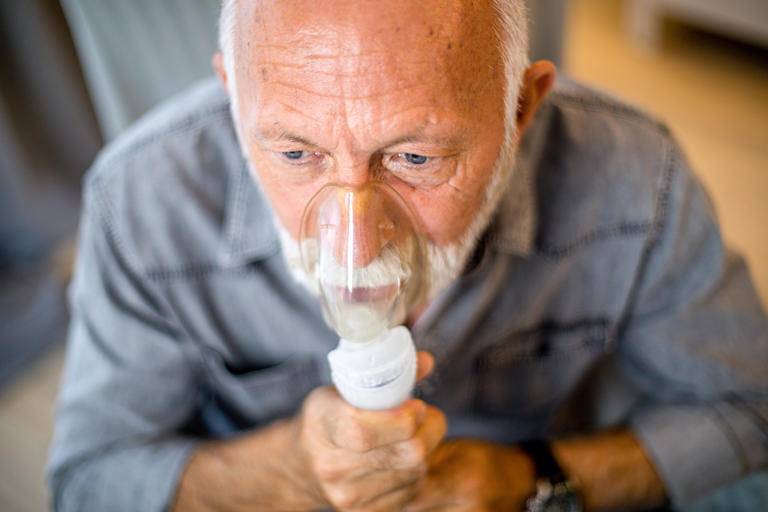Pulmonary fibrosis is a serious lung condition characterized by the formation of scar tissue in the lungs, which gradually replaces healthy lung tissue. This scarring can make it difficult for the lungs to function properly, leading to a range of symptoms and potential complications. Recognizing the warning signs of pulmonary fibrosis is crucial for early detection and intervention. Here are some key symptoms to look out for:
Persistent and worsening cough: A chronic and persistent dry cough is often one of the early signs of pulmonary fibrosis. Over time, the cough may become more frequent and severe.
Shortness of breath: Also known as dyspnea, shortness of breath is a common symptom of pulmonary fibrosis. Initially, it may only occur during physical exertion, but as the disease progresses, it can occur even during rest.
Fatigue and weakness: Individuals with pulmonary fibrosis often experience fatigue and a general sense of weakness. This can be due to the decreased oxygen supply to the body as a result of impaired lung function.
Chest discomfort: Some people may experience chest pain or discomfort, which can range from mild to severe. This may be due to the scarring and inflammation in the lungs.
Unexplained weight loss: Pulmonary fibrosis can lead to a loss of appetite and unintentional weight loss. The decreased ability to breathe and the increased energy expenditure of the body due to the disease contribute to this weight loss.
Clubbing of fingers and toes: In advanced cases of pulmonary fibrosis, the fingertips and toes may appear rounded and bulging. This condition, known as clubbing, occurs due to reduced oxygen levels in the blood.
Dry, persistent cough: A dry cough that does not produce phlegm is a common symptom of pulmonary fibrosis. It may be accompanied by a scratchy or irritated feeling in the throat.
Rapid, shallow breathing: As pulmonary fibrosis progresses, individuals may experience rapid and shallow breathing. This is an effort by the body to compensate for the reduced lung capacity.
Gradual decline in exercise tolerance: People with pulmonary fibrosis may notice a gradual decline in their ability to engage in physical activities without becoming short of breath. This can affect daily tasks such as climbing stairs or walking short distances.
Cyanosis: In severe cases, a bluish discoloration of the lips, skin, and nails, known as cyanosis, may occur due to reduced oxygen levels in the blood.
If you or someone you know experiences these warning signs, it is important to seek medical attention promptly. A healthcare professional will evaluate the symptoms, conduct a physical examination, and order diagnostic tests such as pulmonary function tests, chest X-rays, or a high-resolution CT scan to assess lung function and identify any underlying causes.
While pulmonary fibrosis is a progressive and incurable disease, early detection and intervention can help slow down its progression, manage symptoms, and improve the overall quality of life. Treatment options may include medication, pulmonary rehabilitation, oxygen therapy, and, in some cases, lung transplantation.
Remember, these warning signs should not be self-diagnosed, and it is always advisable to consult with a healthcare professional for an accurate diagnosis and appropriate management.


